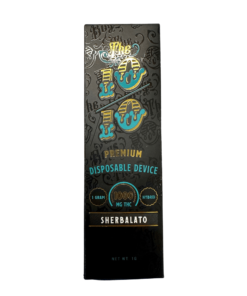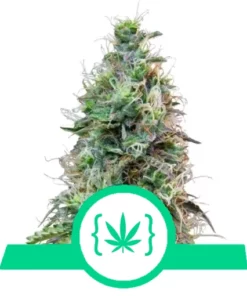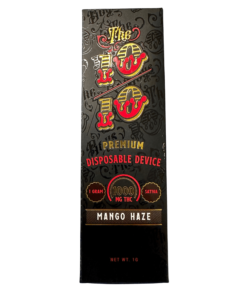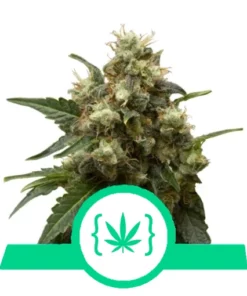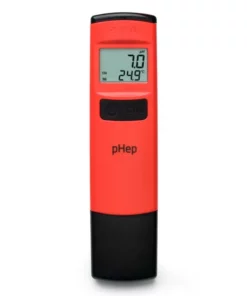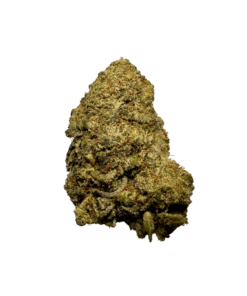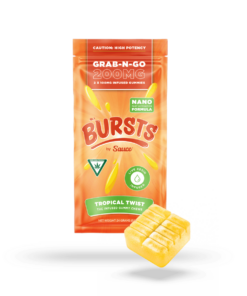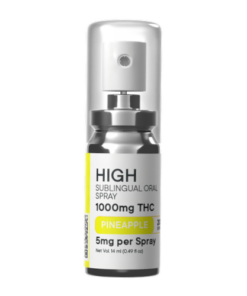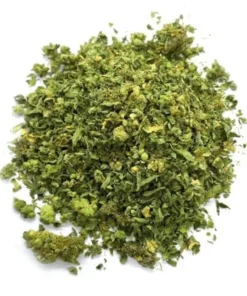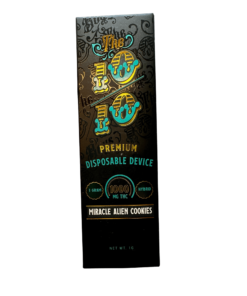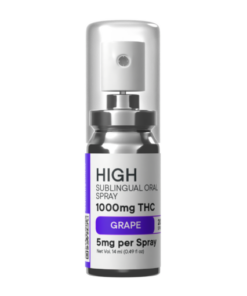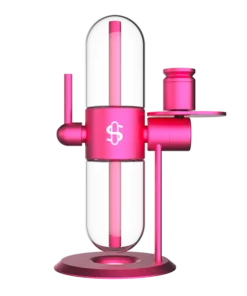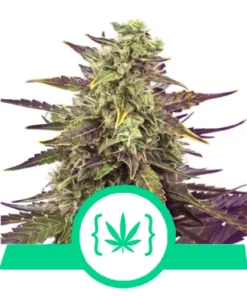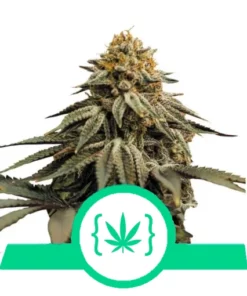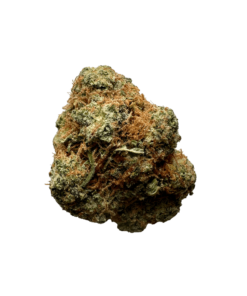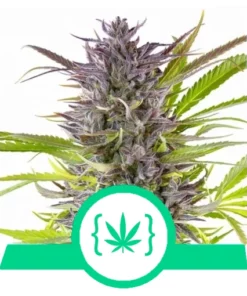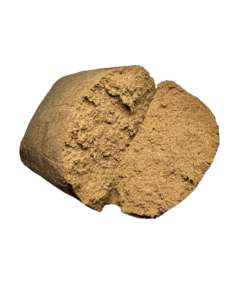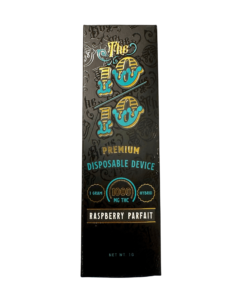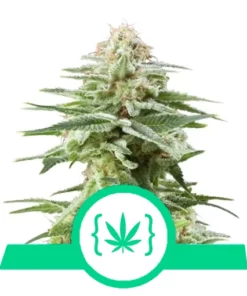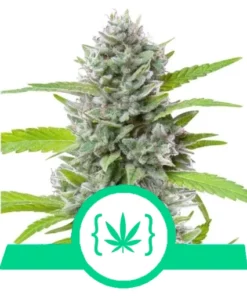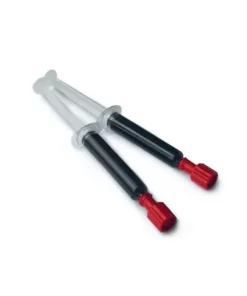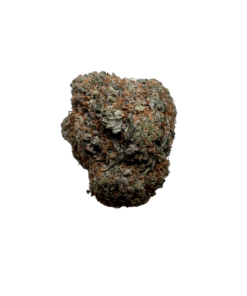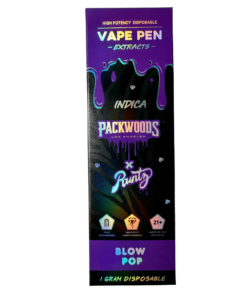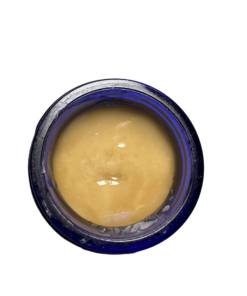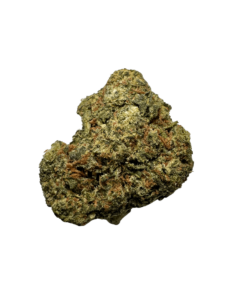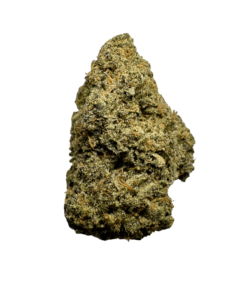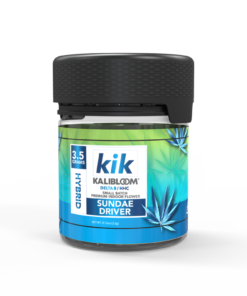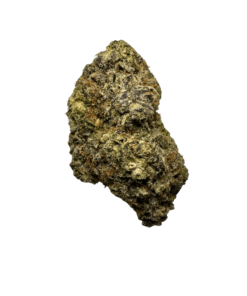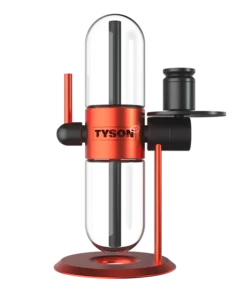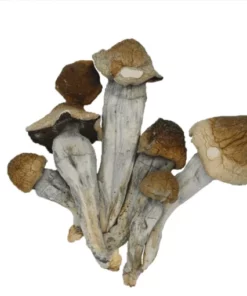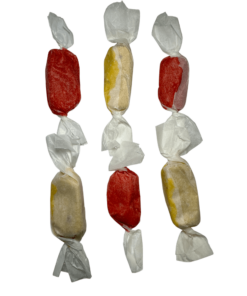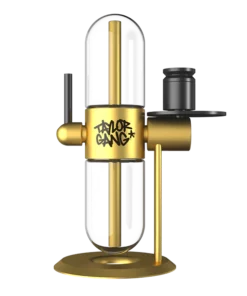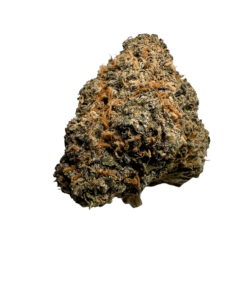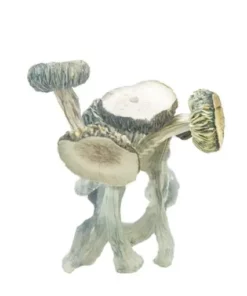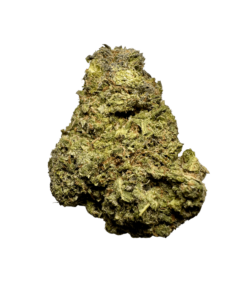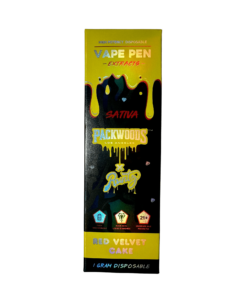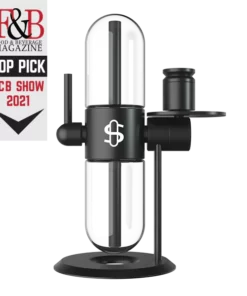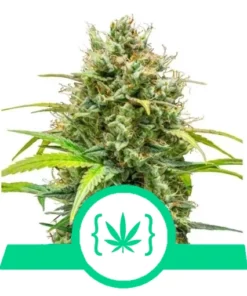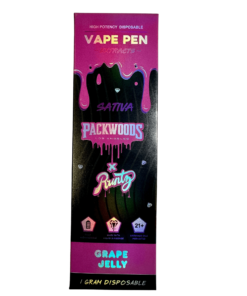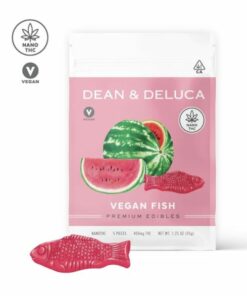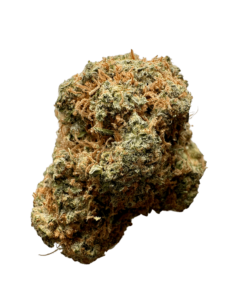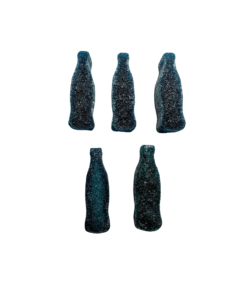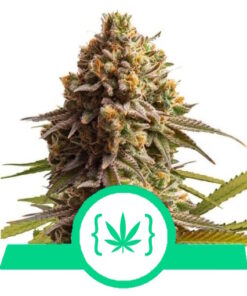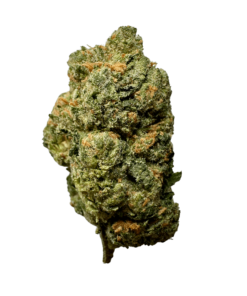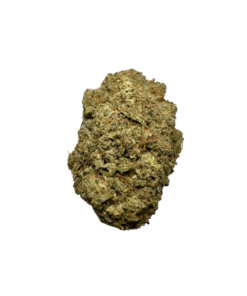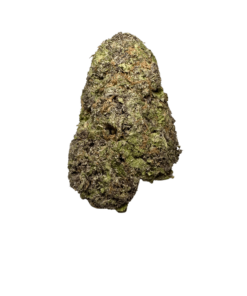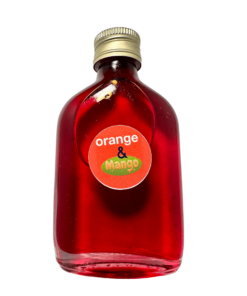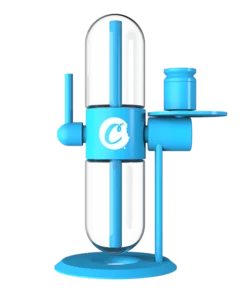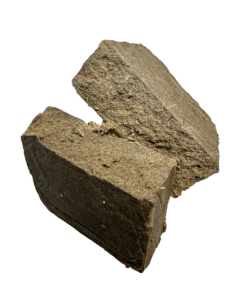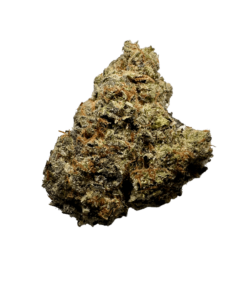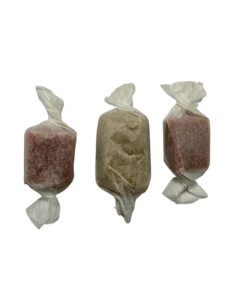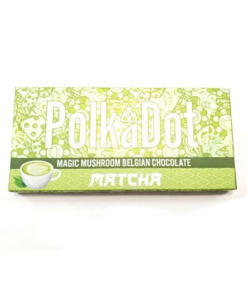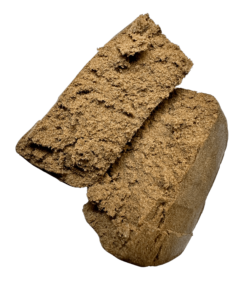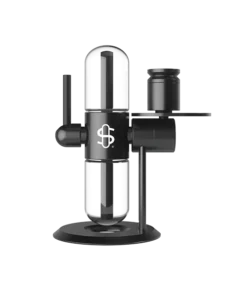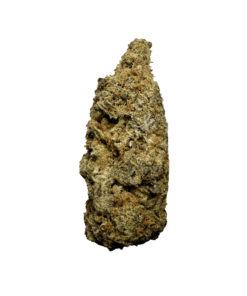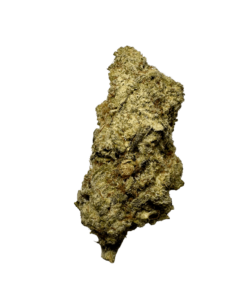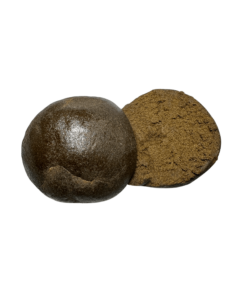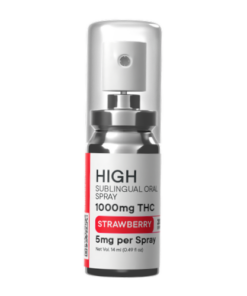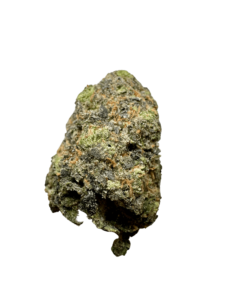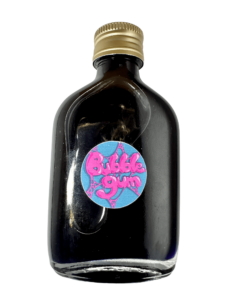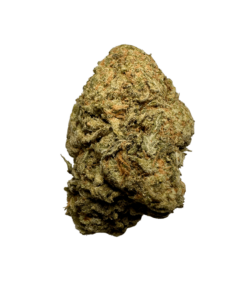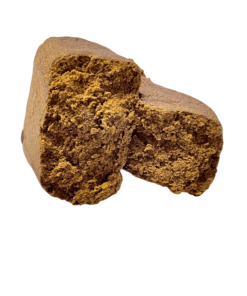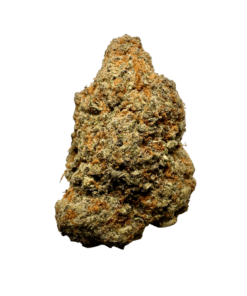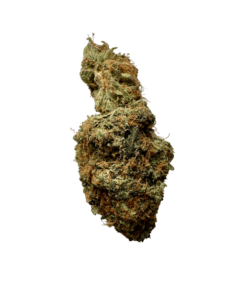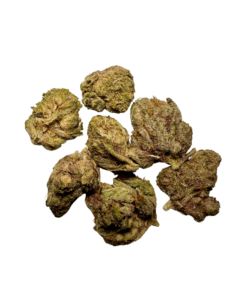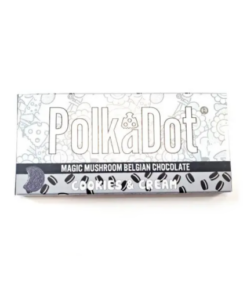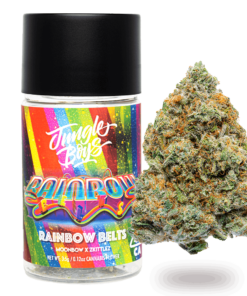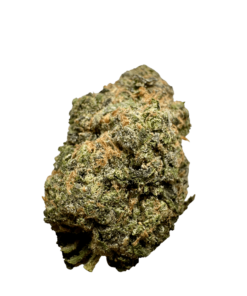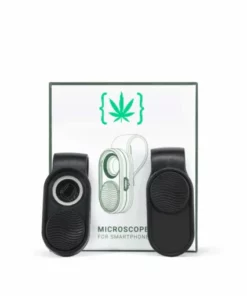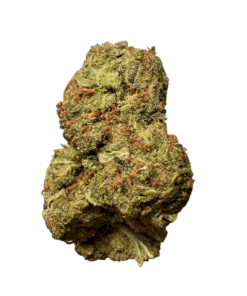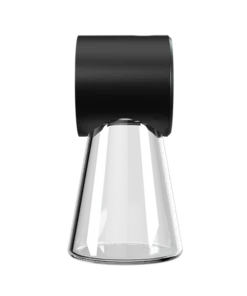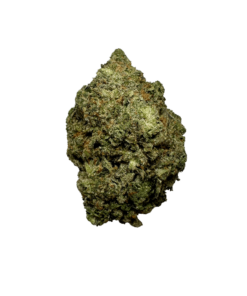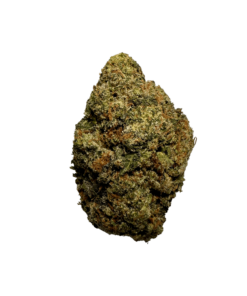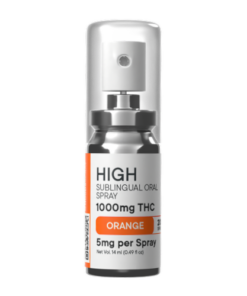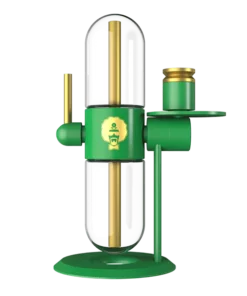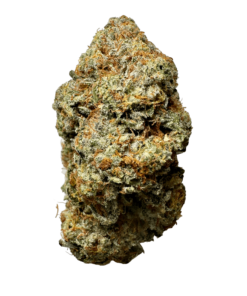Which method results in a stronger high: Vaping or Smoking?
For generations, smoking cannabis has been the conventional method to achieve a ‘high’ in the United Kingdom and the Republic of Ireland.
However, the rise of vaporizers in recent years has posed a challenge to this traditional approach. Advocates of vaping argue that it is gentler on the throat and lungs, with suggestions that it releases fewer carcinogens than smoking.
The appeal of vaping
Many consider vaping an effective way to quit smoking, and it has gained popularity in the cannabis community for its perceived lower carcinogen production.
Cannabis companies have responded to the demand by creating ultra-potent concentrates with THC content reaching up to 90%.
Considering these factors, one might assume that vaping could deliver a more potent high compared to smoking. In this discussion, we explore the health aspects of both methods, delve into the types of vaporizers, and present reasons why vaping is generally considered superior to smoking.
Health profile: Vaping vs. Smoking weed
Vaping cannabis operates similarly to smoking, involving the inhalation of decarboxylated chemical compounds (THC, CBD, etc.).
However, the key difference lies in the application of lower temperatures during vaping, typically around 220 degrees Fahrenheit. This results in the resin glands melting and transforming into steam, producing fewer harmful byproducts than traditional smoking.
Vaping, with its lower temperatures, generates less tar and fewer carcinogens, making it less harmful to the body compared to smoking.
Tradition vs. Health: Smoking cannabis buds
While grinding and rolling dried cannabis buds into a joint has been a centuries-old tradition, research indicates potential health drawbacks.
A 2013 review by the Annals of the American Thoracic Society linked regular smoking of cannabis to visible and microscopic respiratory system injuries, as well as an increased likelihood of chronic bronchitis.
Comparatively, vaping cannabis is generally considered safer for health, although more research is needed to understand its long-term effects.
Vaping vs. Smoking weed: Healthier options
The safety of vaping cannabis over smoking is primarily attributed to the absence of combustion, a key factor in the dangers associated with smoking.
Carcinogens produced by smoked cannabis, such as Naphthalene, Benzene, and Toluene, are known to cause organ damage, reproductive system issues, and negative impacts on the central nervous system.
A study by Hashibe et al. in 2005 found similarities between cannabis and cigarette smoke carcinogens. However, a 2017 report by the National Academies of Sciences, Engineering, and Medicine suggested no increased cancer risk from smoking cannabis.
As combustion poses the greatest risk, vaporizing cannabis or using concentrates may decrease the likelihood of developing harmful lung conditions.
Cannabis flower or oil: Safety considerations
Interestingly, vaping cannabis flower appears to be safer than vaping hash oil. This is attributed to the potential presence of harmful substances like pesticides and lighter fluid in some hash oils available in the market.
Scientific insights from UCL study
In March 2017, a study conducted by Shabab et al. and published in the Annals of Internal Medicine examined five distinct groups:
- Tobacco cigarette users only
- Former tobacco cigarette smokers using e-cigarettes for at least six months
- Former tobacco cigarette smokers using Nicotine Replacement Therapy (NRT) exclusively
- Long-term users of both e-cigarettes and tobacco cigarettes
- Long-term users of tobacco cigarettes and NRT
The research from the University College of London (UCL) yielded intriguing results. Individuals who transitioned from tobacco cigarettes to e-cigarettes or NRT for a minimum of six months exhibited significantly lower levels of toxic and carcinogenic substances in their bodies compared to those who persisted in using tobacco cigarettes.
The dark side of vaping: An epidemic emerges
Despite the positive findings, the vaping industry faces challenges, particularly with its appeal to teenagers as a ‘cool’ method of cannabis consumption.
Disturbingly, CNN reported that in July and early August 2019 alone, 14 teenagers in the United States were hospitalized due to breathing problems linked to vaping. Eleven cases occurred in Wisconsin, and three in Illinois.
Tragedy struck in August 2019 when an adult in Illinois succumbed to a severe lung disease associated with vaping, marking the first recorded death in the United States linked to e-cigarettes.
The toll rapidly escalated, reaching 60 deaths and over 2,000 hospitalizations due to vaping-related illnesses within months.
The American Vaping Association defended the industry, attributing the illnesses to tainted black-market THC products. It’s crucial to note that these illicit products may contain harmful ingredients, underscoring the importance of product safety.
Balancing health risks with the pursuit of a stronger high
Acknowledging potential health risks, some individuals prioritize the pursuit of a heightened experience. Determining which method delivers a more potent high has been challenging, as preferences vary.
Users who have sampled both methods often describe vaping as providing a “cleaner” high with an increased energy boost.
The absence of smoke reduces the likelihood of a dry mouth, and the overall experience tends to be less marked by a pungent odor.
In the quest for a satisfying high, it is essential to weigh the potential health implications against personal preferences, considering the evolving landscape of vaping and its impact on both health and recreational experiences.
Scientific insights from johns hopkins study
Research suggests that indeed, vaping cannabis leads to a more potent high compared to smoking it. A study conducted by Johns Hopkins Medicine, published in JAMA Network Open in November 2018, demonstrated that vaping cannabis produces stronger effects, particularly for infrequent users.
In this cross-trial study, 17 healthy adults were exposed to both smoked and vaporized cannabis at doses of 10mg and 25mg of THC.
The findings indicated that inhalation of 10mg of THC resulted in modest impairment of cognitive functioning. However, the 25mg doses were associated with pronounced drug effects, increased adverse effects, and significant impairment of cognitive and psychomotor abilities.
Crucially, vaped THC produced greater pharmacodynamic effects and higher concentrations in the blood compared to equal doses of smoked cannabis.
Regardless of THC amount, participants who vaped reported more potent effects, including significant impairment in cognitive abilities and reaction time. In essence, the study concludes that vaping gets users far more stoned than smoking.
Smoking cannabis: Faster high, longer duration
When smoking cannabis, especially using a bong, the onset of the high is intense, although users are more likely to feel lethargic compared to vaping.
While the high’s duration is longer when smoking, the peak intensity is less than when using a vaporizer. Smoking results in a quicker journey to the high but with a more prolonged stoned feeling.
Despite providing a stronger and longer-lasting high, smoking is associated with greater health risks. On the contrary, vaping is considered safer and more cost-effective.
Bioavailability and vaping efficiency
The Johns Hopkins study aligns with the understanding that vaporization increases the bioavailability of cannabis compared to smoking.
Smoking a joint leads to an immediate loss of half the cannabinoids, with an additional 20% lost through smoke burnoff. In contrast, up to 95% of cannabinoids reach the bloodstream during vaporization.
Vaping boasts a bioavailability rate of up to 56%, ensuring a higher percentage of THC reaches the bloodstream. This elevated bioavailability contributes to a more potent high from vaporization compared to an equivalent amount of smoked cannabis.
Moreover, vaping consumes less dry herb than smoking, potentially making it more cost-effective. For those seeking an intense high, concentrates are an option, but caution is advised, as some forms contain up to 90% THC, providing a potentially overwhelming ‘out of body experience.’
Beyond health: Additional advantages of vaporizing cannabis
When examining the process even more closely, vaporizing cannabis emerges with a multitude of advantages, extending beyond the evident health benefits.
Smoking cannabis involves the combustion of dry plant material at exceptionally high temperatures, with limited control or insight into the temperature levels. Unfortunately, this method often leads to the destruction of the majority of terpenes found in cannabis.
Terpenes: Key players in taste and scent
Terpenes, responsible for the unique taste and scent of cannabis, reside in plant resins, with various boiling points.
The advantage of vaporization becomes apparent due to the ability to control temperatures precisely, preserving these valuable molecules. For instance, beta-caryophyllene boils at 246 degrees, pinene at 312.8 degrees, and the resilient quercetin at 482 degrees.
Empowering users with temperature control
In contrast to smoking, modern vaporizers offer a level of temperature control that is both precise and customizable.
Advanced models allow users to determine the heating chamber temperature to a single degree, while older versions provide multiple temperature ranges.
This control empowers users to tailor their cannabis or concentrate heating for a personalized experience. Here are the fundamental temperature ranges to consider:
- Low Temperature (290 – 330 Degrees): Ideal for a relaxing high, this range preserves the flavor by allowing users to savor most terpenes. While the high might not be exhilarating, the sensory experience is sensational.
- Medium Temperature (331 – 370 Degrees): Considered the ‘sweet spot’ for most users chasing a high, this range balances a reasonable number of terpenes and cannabinoids, providing an optimal balance between flavor and potency.
- High Temperature (371 – 445 Degrees): Geared towards users seeking a profound and long-lasting high, this range delivers the most intense experience.
Combustion Territory Warning: Heating plant material above 445 degrees enters combustion territory, offering an intense but harsh experience. If this intensity is the goal, opting for joints might be preferable.
Exploring vaporizer diversity
While joints and bowls share universal forms and functions, cannabis vaping devices boast a diverse array of styles, sizes, and price points.
Beyond conventional options, ‘smart vapes’ controlled through apps and adjustable temperature devices provide users with a spectrum of choices, allowing for a fully customized and enhanced vaporization experience.
Exploring common types of vaporizers on the market
1. Disposable Vape Pens
Overview:
- Characteristics: Small, inexpensive (typically $20 or less), highly portable, discreet, and user-friendly.
- Heating Method: Basic conduction.
- Suitability: Ideal for beginners and those seeking portability; mainly compatible with wax concentrates.
2. Conduction Vapes
Overview:
- Heating Process: Cannabis directly contacts a heated surface (usually an e-coil) for vapor production.
- Speed: Quick, but may lead to uneven heating, resulting in harsh hits and material wastage.
3. Convection Vapes
Overview:
- Heating Process: Heated air passes over plant material without direct contact with a heated surface.
- Efficiency: More even heating, resulting in a superior and stronger vape cloud.
- Preference: Favored by experienced vapers for its efficiency.
Choosing the right vape for an elevated experience
If you’re seeking an elevated vaping experience, investing in a slightly pricier product is recommended. Among the top-rated vaporizers in the market are:
- DaVinci IQ
- Pax 3
- Storz & Bickel Mighty
- Arizer Solo II
- GPen Roam
Selection Criteria for Enhanced Effect:
- Battery Power: Look for a device with a powerful battery capable of holding a substantial amount of product.
- Temperature Control: Opt for a vaporizer offering temperature control for a customized experience.
Note: Determining which vaporizer delivers the most potent experience is subjective and depends on individual preferences. Exploring the WayofLeaf vapes section and brand reviews can offer additional insights into the diverse options available.
Advantages of choosing vaping over smoking
For a deeper understanding of why vaping is worth considering over smoking, explore the WayofLeaf vapes section and delve into numerous reviews of leading brands in the industry.
The transition to vaping offers various benefits, including enhanced convenience, discretion, and potentially a more enjoyable and efficient cannabis consumption experience.
5 compelling reasons why vaping surpasses smoking
1. Discreet Consumption
Overview:
- Both dry herb vaporizers and cartridge vapes minimize the noticeable smell during use.
- Dry herb vaporizers impart a muted scent that doesn’t linger as combusted weed does.
- Vape oil cartridges, used with waxes or concentrates, generate minimal smell, providing enhanced discretion.
- Note: Public cannabis consumption is illegal, even in recreational states.
2. Improved Lung Health
Expert Insights:
- Opting for vaping, especially at low temperatures, is likely healthier for the lungs compared to smoking.
- Former FDA Commissioner Dr. Scott Gottlieb asserts vaping as a less harmful alternative to smoking.
- While long-term data is awaited, Dr. Gottlieb emphasizes the potential health improvement for adult smokers transitioning to vaping.
- Vaping is considered a healthier alternative, but caution is advised due to variations in vape oil ingredients.
3. Reduced Waste
Efficiency Considerations:
- Combusting cannabis results in the burning of usable cannabinoids, leaving only about 10% in a smoked cannabis joint.
- Vaping preserves a significantly higher percentage of cannabinoids, leading to less waste and potential cost savings over time.
4. Home Benefits
Environmental Impact:
- Smoking cannabis indoors leads to the absorption of toxins by curtains, furniture, and fabrics, causing a lingering, difficult-to-eliminate odor.
- Vaporizing, especially at lower temperatures, typically does not leave a lasting scent on various materials, enhancing home comfort.
5. Skin Protection
Anti-Aging Benefits:
- Smoking cannabis produces sticky tar containing free radicals that harm skin cells and accelerate the aging process.
- Vaping, devoid of smoke, exposes the skin to fewer damaging effects, promoting a potential reduction in visible wrinkles and skin aging.
In conclusion, the advantages of vaping over smoking extend beyond discretion and lung health to include reduced waste, enhanced home environments, and potential benefits for skin health.
While vaping is recognized as a healthier alternative, users are encouraged to exercise caution and prioritize quality vape options for an improved overall experience.
Vaping vs. Smoking: Final thoughts on getting higher
In the debate between vaping and smoking cannabis, each method has its distinct advantages, influencing the overall experience and effects.
Smoking:
- Pros:
- Provides a longer-lasting high.
- Cons:
- May expose users to more risks, including carcinogens.
- Requires a larger quantity of cannabis for a comparable effect.
Vaporization:
- Pros:
- Offers a greater degree of potency, ensuring a more intense high.
- Potentially more cost-effective due to increased efficiency in cannabinoid delivery.
- Reduced exposure to certain risks, such as carcinogens.
- Cons:
- Initial investment is required for a quality vaporizer.
Final Thoughts:
- Vaporization is positioned to become the preferred method of cannabis consumption, given its potency and additional benefits.
- In regions like California, cannabis concentrates have outsold flower, indicating a shift in consumption trends.
- Vaporization provides better portability and discreet use, with less detectable odor compared to traditional smoking.
- While smoking may remain a classic method, vaporization stands out for delivering a stronger high and potentially reducing certain health risks, making it a compelling choice for cannabis enthusiasts.
In conclusion, while both methods have their merits, vaporization emerges as a leading contender, offering a potent and efficient way to experience the effects of cannabis with potential health benefits.
Disclaimer: The information provided on this page is for educational purposes only and should not be considered medical advice. Always consult with a healthcare professional before using any THC product.




